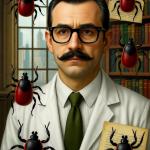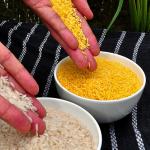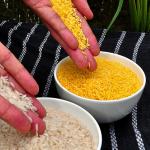Join Cameron English and Dr. Chuck Dinerstein on Episode 139 of the Science Dispatch podcast as they discuss a wildly unethical "thought experiment."
GMO
Join Cameron English and Dr. Chuck Dinerstein on Episode 110 of the Science Dispatch podcast as they discuss:
Join Cameron English and Dr. Chuck Dinerstein on Episode 108 of the Science Dispatch podcast as they discuss:
Many consumers are committed to organic products for reasons that are more emotional than logical.
I explained to Lars that this all started in 1986 when the White House published a white paper, The Coordinated Framework for Regulation of Biotechnology, which got the science right—regulation should be risk-based, not dictated by the me
The use of molecular techniques to create genetically engineered (GE) crops has now returned to the over-regulation of a bygone era.
Recent Russian clandestine attempts to use “authentic” U.S.
Thought experiment: Imagine you’re waiting in the exam room for your annual physical to begin when your doctor walks in with a cigarette hanging out of his mouth.
Their eyes tell their sad stories as ghostly white irises give way to vacant stares. We can look at them, but they can’t look back at us.
Humans have practiced genetic modification, or genetic engineering (GE), of plants and animals through selection and breeding for more than 10,000 years. It’s called agriculture.












